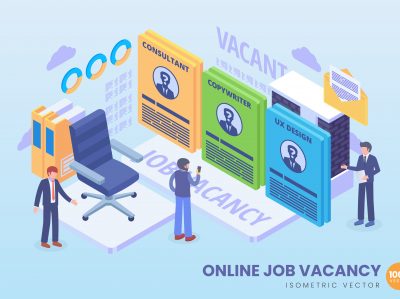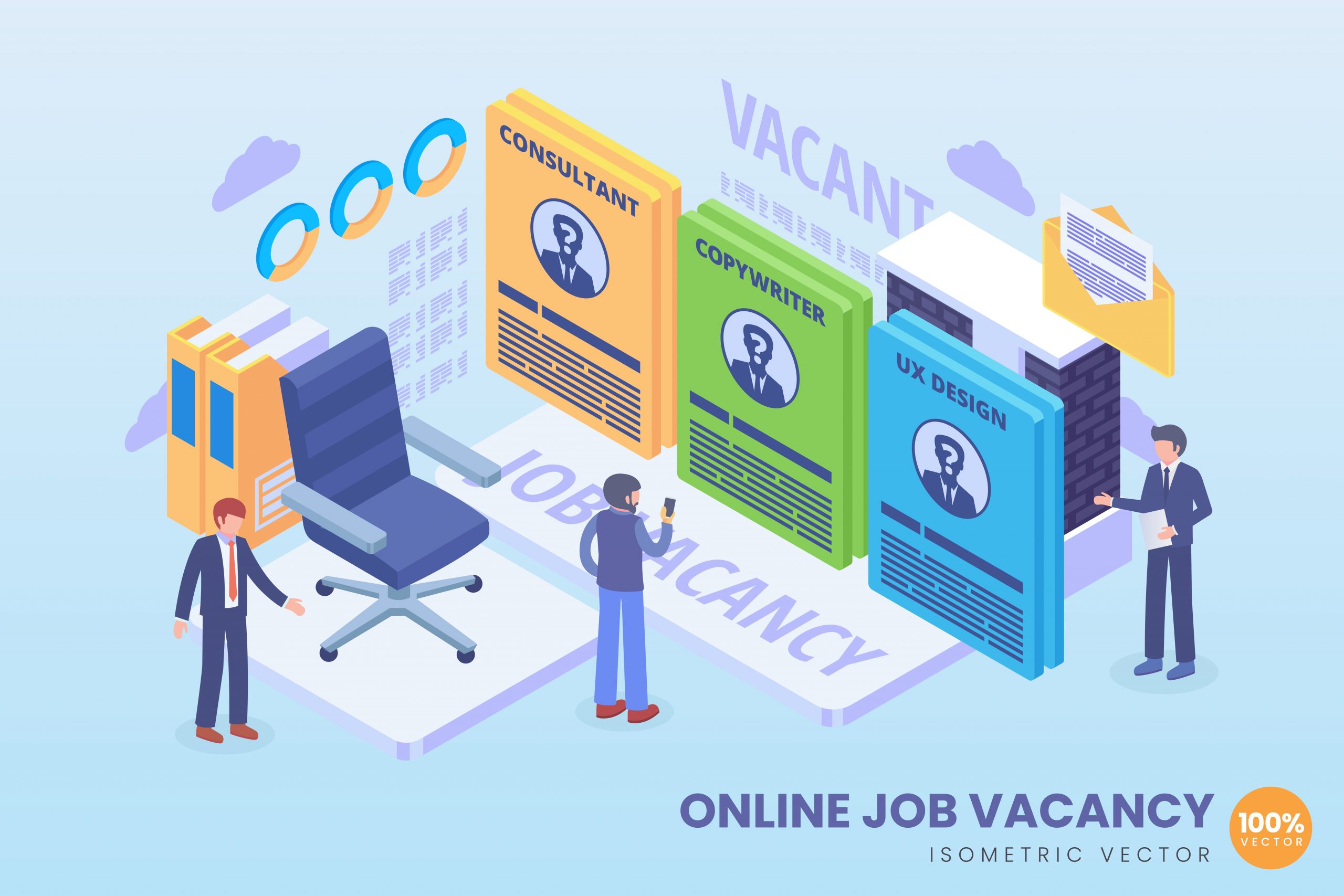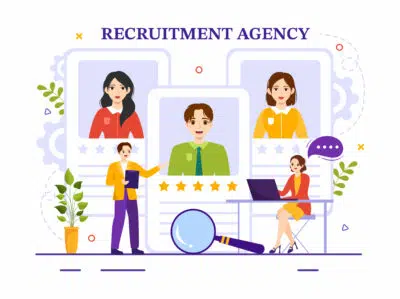Virtual career fair – attract top talent across the globe

Build a talent pool and stay ahead
March 14, 2022
How great leaders attract top talent
March 14, 2022
Job fairs on an omnipresent channel
Traditional career fairs, so far, have been quite successful in attracting candidates in large numbers. Today, however, the tide is inclining towards virtual recruitment options, for good reasons and with many benefits.
Virtual career fairs offer a safe (no pandemic-induced fear of mass gathering) and cost-effective (saving on rent, travel, stay and other logistics) alternative to their physical counterparts, which, by the way, also bring with them limitations (of space and time). On the other hand, virtual career fairs, being geographically unbound and with no time constraints, offer the ideal platform to attract talent from all over the world and in huge numbers, facilitating building a talent pipeline.
Being the current recruitment trend, virtual career fair platforms do much more than the commonplace CV collection. They offer an opportunity for employers to create a long-term positive impact on the way a candidate perceives the company, which is a good way to build employer brand and attract the right talent.
But before a virtual career fair is ready to go up, it calls for diligent planning. A number of details need to be worked out.

Plan right to attract the right talent
- Strategise and set timelines
Virtual job fairs require meticulous planning. Start by making a list of all the things required. Here are a few important factors to consider:
- Type of career fair
- Staffing requirements
- Additional software required
- Partnering firms
- Budget for the event
Once the strategy has been outlined, work out the costs. Be sure to review free software before finalising the budget.
- Choose a virtual career fair platform
Research virtual career fair platforms in the market. All of them come with basic features such as a welcome lounge, customisable booths, chat rooms, video repository etc. But the type of career fair you are planning decides the additional features (like mobile optimisation, level of customisation possible etc.) that you would need in a platform. You may also want to factor in things like data security and customer support before making the choice.
- Reach out to partners
Bring the event partners, guest speakers and sponsors in the loop. Set expectations and make sure everyone is on the same page before the event begins.
- Staff the event well
A number of skilled personnel are needed to see a virtual career fair through — content creators, people to sift through resumes, chatroom moderators, hiring managers etc. Identify employees and start putting the team together. If needed, bring in interview experts onboard.
- Market and promote the event
It’s now time to think of how to make candidates attend the event. It takes more than an attractive lobby to attract potential employees. Think of the channels you would use to spread the word, such as email, advertising and social media, as also the types of content to be put out and so on.
- Get the online job fair ready
Set up the virtual booths (the number and the category depend on the type of career fair being planned), record videos, line up guest speakers and make sure that the interview rooms are ready.
- Let the fair begin!
As a last activity before the launch, send out reminders, preparation tips and info on any workshops to registered candidates.
- Follow up with participants and partners
And the event is up! But before you can take a breather, collect the participants’ feedback (a good way to improve) and track the number of candidates who have moved to the next level of the hiring process (a good indicator of the event’s success).
Online job fairs: indispensable in the near future
Covid-19 has forced all things imaginable to go digital, recruitment included. It is not surprising, therefore, that since the onset of the pandemic, participation percentage in virtual career fairs has risen from 50 per cent to 90 per cent. Experts anticipate this figure to hover around 80 per cent in the foreseeable future. Technology and the fact that it offers the right platform for employers to keep up with the current trend in talent acquisition have helped to make virtual career fairs popular.


